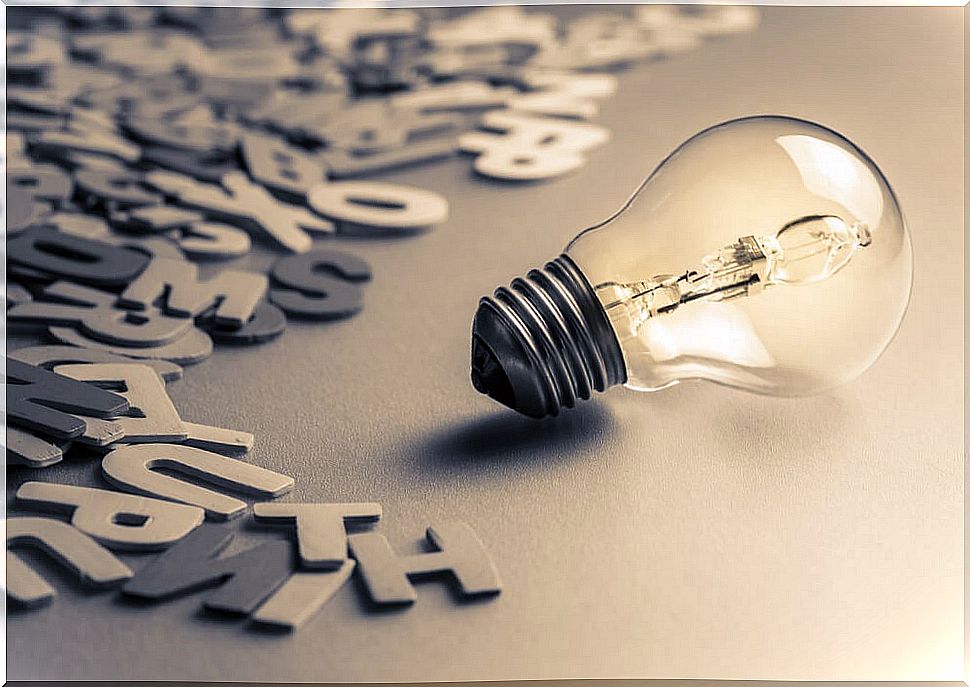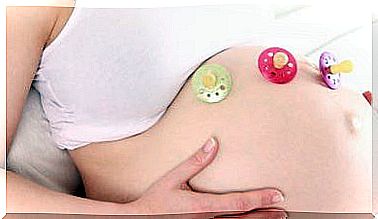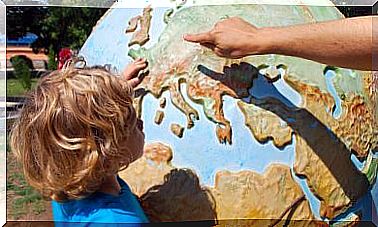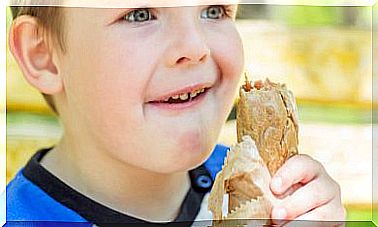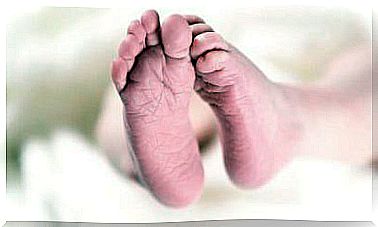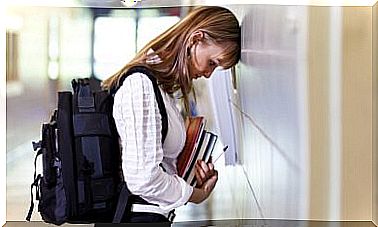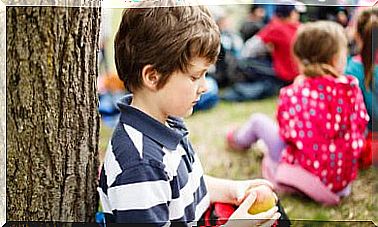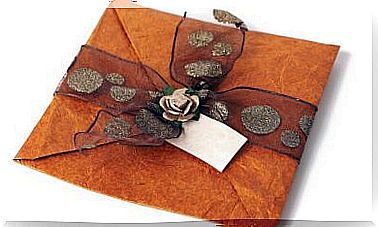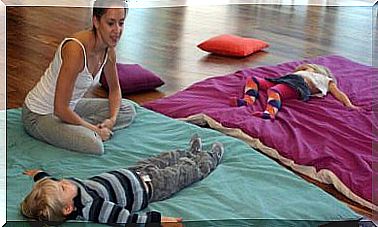What Are Personal Learning Environments?
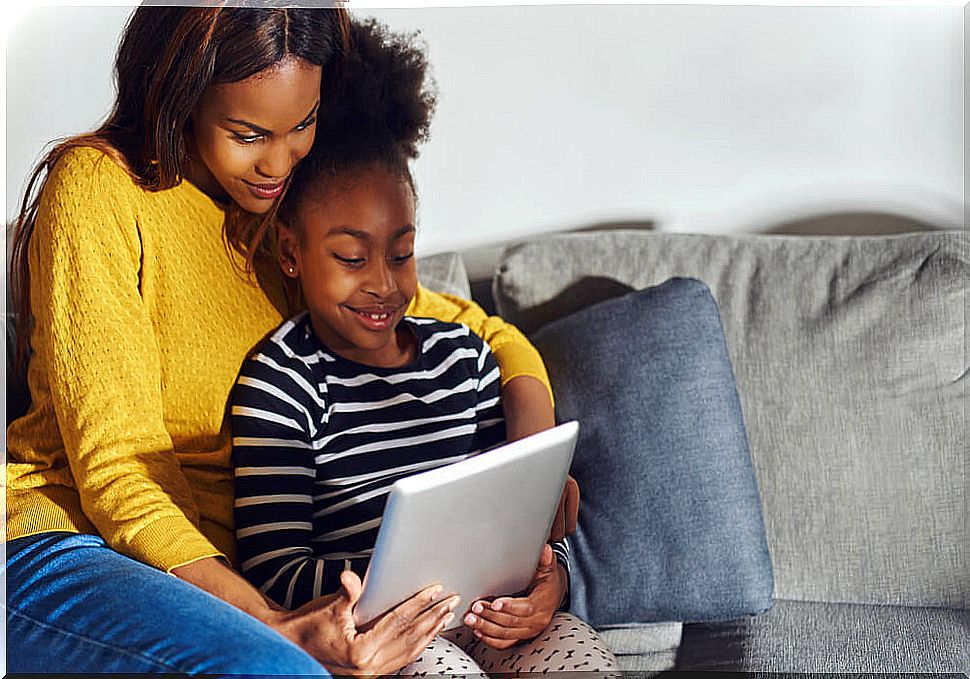
The PLE, that is, Personal Learning Environments, refer to a new way of understanding the teaching-learning process. The pedagogical approach of the PLE refers not only to the content, what the student learns, but also to how he learns it, where and with whom.
What do we mean by PLE?
For a large part of those who are knowledgeable in the field, the PLEs are framed in the technological field. However, following the most current opinions, the Personal Learning Environments that a person uses to learn go beyond the technological world.
In general terms, Personal Learning Environments are understood as a pedagogical idea, as a practice to learn using technology. Looking for a specific definition, we found the one elaborated by Linda Castañeda and Jordi Adell. According to them, PLEs are a set of tools, sources of information, connections and activities that each person assiduously uses to learn.
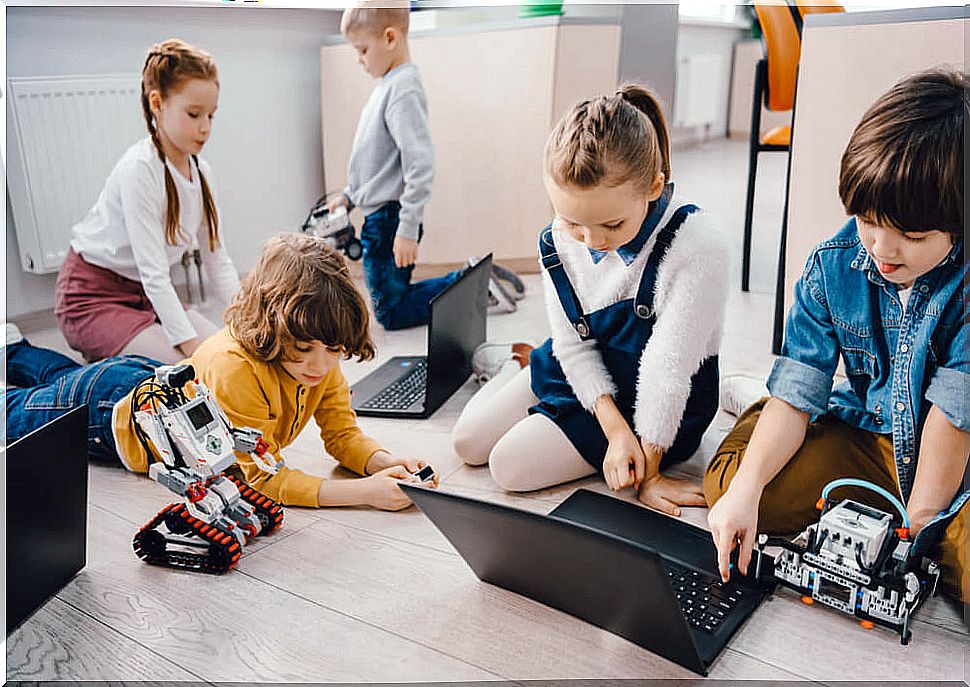
In other words: the personal learning environment includes both what a person consults for information, etc., as well as the people who serve as a reference and the connections between these people.
How to build a suitable PLE?
To begin with, we must understand from the beginning that each of us has our own personal learning environment. In other words, the PLE is not a tool, it is the environment in which we learn.
Now, the important thing, where we should focus our attention, is how we should organize our PLE in an appropriate way. To do this, as Linda Castañeda explains, we must know how to manage the different personal and digital tools, as well as know how to manage our opportunities to learn.
In addition, a good Personal Learning Environment must present three types of essential elements:
- Reading tools and strategies. The sources of information that the student accesses and that offer such information.
- Reflection tools and strategies. The environments in which the student can transform information.
- Relationship tools and strategies. These would be included in what is called the Personal Learning Network , and refer to the environments where the student interacts with other people from whom he learns or with whom he learns.
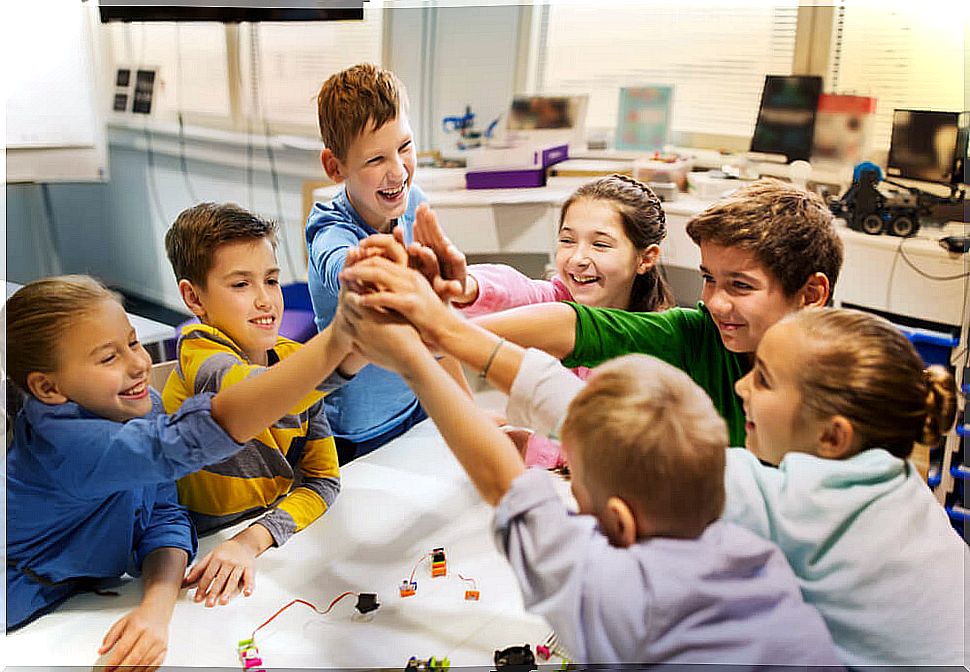
What do we achieve with Personal Learning Environments?
In principle, Personal Learning Environments do not have the sole function of organizing and structuring knowledge. PLEs, in their role as facilitators of the teaching-learning process, not only make us enjoy collective and public knowledge, but also promote citizen participation, by sharing and creating new knowledge.
Likewise, undoubtedly, PLEs help us to develop new digital skills, as well as to find and connect with different people in our field and, in this way, discover other perspectives and innovative ideas.
Ultimately, PLEs are the set of information sources, tools, services and communities of people that help us direct our own learning while exchanging and sharing information and experiences.
